3 phase motor contactor diagram:
This diagram shows how to make 3 phase motor contactor diagram. In this circuit, we use two TP MCBs ( Tripple Pole Minature Circuit Breaker ), a Dp MCB ( Double Pole Minature Circuit Breaker ), a timer, two magnetic contactors, two overloads, and two 3-phase motors. First, we need to connect the TP MCB with the power source, then connect the DP MCB and the timer with the power source, then connect the magnetic contactors with the TP MCBs, then connect the motors with the overloads. Now this circuit is ready for use.
Advertisements
Components needed For this Project:
You can get the components from any of the sites below:
- TP MCB 20A [See Buy Click Amazon]
- DP MCB 16A [See Buy Click Amazon]
- 8 Pin Timer 220V AC [See Buy Click Amazon]
- Magnetic Contactor 40A [See Buy Click Amazon]
- CFL Light [See Buy Click Amazon]
*Please note: These are affiliate links. I may make a commission if you buy the components through these links. I would appreciate your support in this way!
Advertisements
Components used to make the 3 phase motor contactor:
The full meaning of MCB is Miniature Circuit Breaker for TP MCB. MCB is an electromagnetic switch or device. If for any reason a short circuit occurs in the supply line or load line (line to line or line to neutral) or in case of overload MCB. the MCB automatically trips and disconnects the main line circuit or household power supply Connection. TP MCB In 3 Pole MCB, Switching & Protection is affected in only 3-Phases and the Neutral is not part of the MCB. 3 pole MCB signifies the Connection of Three Wires for a 3-Phase system Red-Yellow-Blue Phase. 3-Phase Supply Only Without Neutral.
02. DP MCB:
DP MCB In 2 Pole MCB, switching & protection is affected in phases and the neutral. A Double Pole or DP Switch is a Switch that Controls 2 Circuits at the same time. In terms of Residential Switching, this Normally means it Switches the live and Neutral at the same time. In Layperson Terms, Double Pole switches or DP Switches are Exclusively Designed to Control 2 Different Electrical Circuits at the same time, which allows the Appliances to Isolate safely and reliably. Fan or light Combinations and Medical Equipment are some of the many applications for DP Electrical Switches and Electrical components.
A timer is a type of time-switching device that controls and controls Electrical circuits and electrical and electronic devices through time setting (on/off). The timer is basically 8-pin. Like other controlling devices the timer has a coil and when this coil is magnetized, the timer works on/off. The timer has 2 common ends and each common end has normally close and normally open options. When the timer is set by time, the timer trips at the end of that time and turns the common is normally closed (on) to open (off) and normally open (off) to close (on). This is how the timer works.
04. Magnetic Contactor:
A magnetic contactor is an electromagnetic switching device. It is generally used for controlling 3-phase Motors. The operation of a magnetic contactor is similar to that of a Relay. but a relay is used for low-power or low-voltage connections, and a magnetic contactor is used for high-power or high-voltage connections. As soon as the supply is applied to the magnetic contactor coil. its normally open contacts are closed and normally closed contacts are opened and the associated devices are also operated. This is how a magnetic contactor works.
CFL stands for Compact Fluorescent Lamp which is an improved version of tube lights of earlier days. Like tube lights, it is a vacuum glass tube with fluorescent powder coating which is not as long and straight as tube lights but curved/twisted compact, or small in size. Like a tube light, it has electrodes or filaments at both ends. But in this case, instead of a choke, there is an electronic circuit that drives the Compact Fluorescent Lamp. Because the red wave is less in the light of the Tubelight and Compact Fluorescent Lamp, the object looks a little pale or the correct color of the object does not appear.
Thank You for visiting the website. Keep visiting for more Updates.
Frequently asked questions
Motor contactors work by controlling the circuit diagram to connect or disconnect the load from the power supply. This is done by energizing the coil which in turn closes the power supply contacts to power to the load or de-energizing the coil which opens the contact and disconnects the power supply to the load.
A good rule of thumb is to design for 20%-50% greater than the rated continuous current that way you know your contractor will be able to carry that load safely. In the case of a 10 amp continuous current, you would find a contactor that is rated 12-15 Amps or greater.
Perhaps the most common industrial use for contactors is the control of electric device motors. The top 3 contacts switch the respective phases of the incoming 3-phase AC power supply, typically at least 480 Volts for motors 1 horsepower and greater.
Three-phase supply is given in the areas having high electricity requirements like industries, factories, etc. To be able to bear heavy loads the 3-phase supply has 3 live wires to carry the current and one neutral wire. Q. The supply line has three wires: live, neutral, and earth.
3-phase installations are those formed by 3 different alternating currents that divide the installation into several parts which are reached by a constant power. Their standardized power supply is currently diagram-adapted to 400 volts. Three phases have four wires: three actives (called phases) and one neutral.
Read more Single Phase Wiring
What is a kilowatt-hour (kWh) | kwh formula | What does kwh mean
Introduction to Electrical Units and CircuitskW and kWh on your electricity bill As your home uses electricity during...
What is the Difference Between kVA | What does KVA mean | kVA formula
Difference Between KVA ExplainedWhat does KVA Mean? There are technical terms aplenty when it comes to generators, and...
Power Factor | Power Unit | Energy | Electricity Unit
Power factor definition | Calculating Power FactorPower Factor Values In a purely resistive circuit, the power factor...
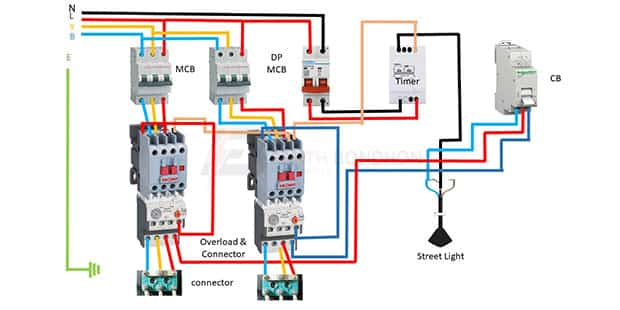
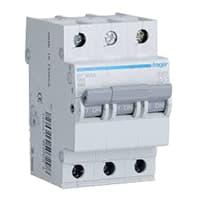

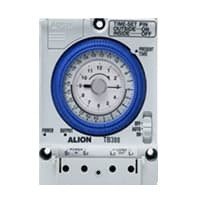
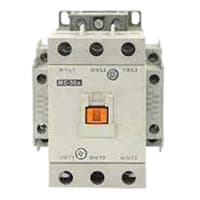
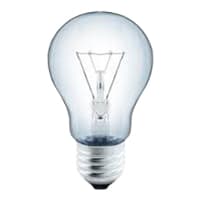
0 Comments